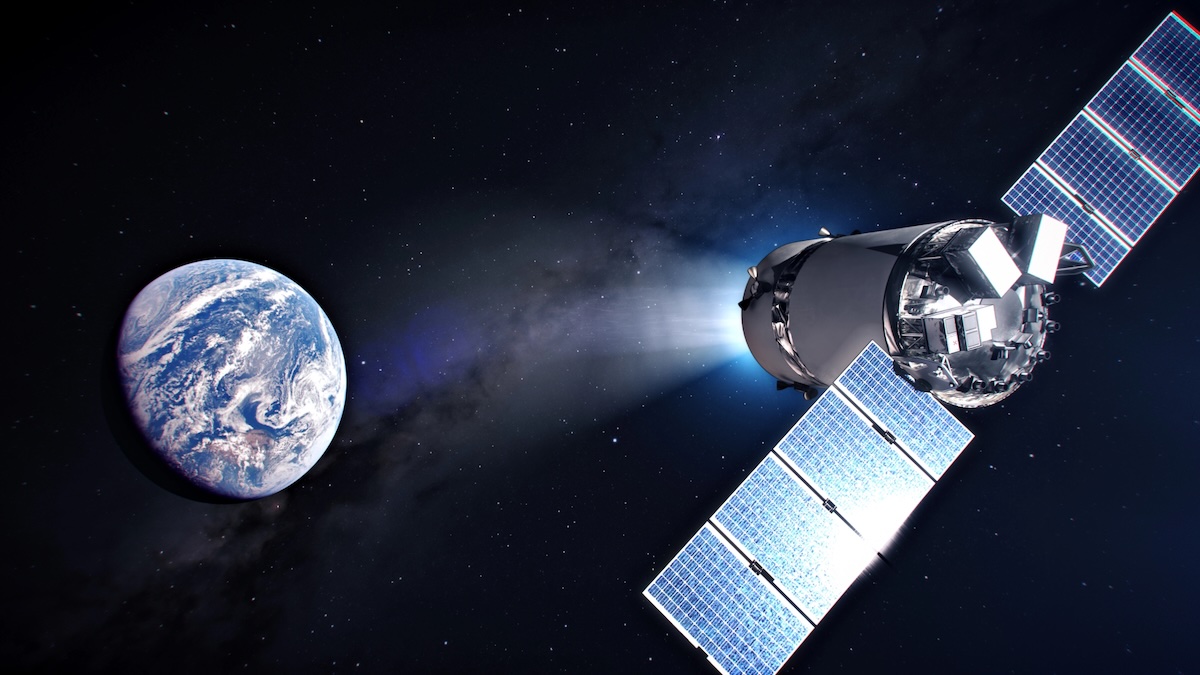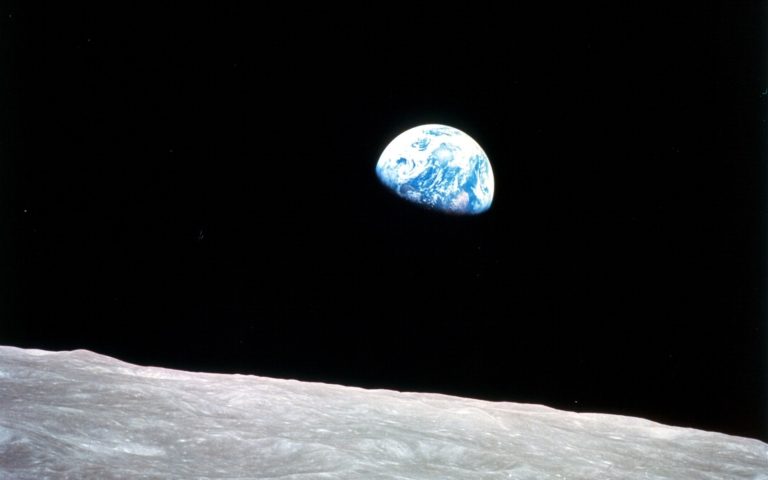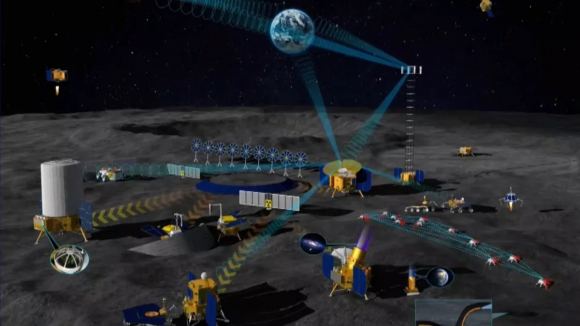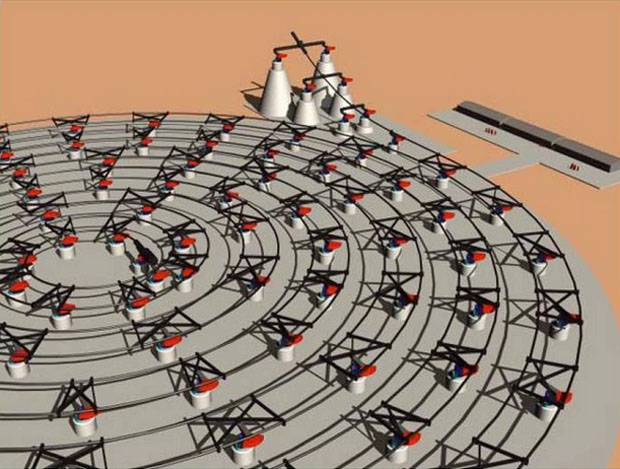To the Stars We Go: Why Humanity Must Tread Carefully in Space Exploration
Humanity’s venture into interstellar exploration is no longer a distant dream but an impending reality. While advancements in technology make interstellar travel feasible, ethical, sociopolitical, and environmental considerations must take precedence. As we prepare to explore the cosmos, a sustainable and responsible framework is vital to safeguard our planet, protect alien environments, and ensure humanity’s survival.
Summary
- Humanity’s interstellar journey began in 1961 when Yuri Gagarin became the first human in space.
- The development of advanced technologies like nuclear propulsion, magnetic fusion plasma drives, and even warp drives have made interstellar travel feasible.
- Initiatives such as Project Orion and Breakthrough Starshot have laid the groundwork for humanity’s next great leap.
- Beyond technology, the ethical implications of space exploration must be examined, especially when considering interactions with alien ecosystems.
- Space exploration requires insights from diverse fields, including physics, biology, philosophy, and sociology.
- Debates arise over whether resources should prioritize space exploration or Earth’s pressing issues.
- Advanced life support systems and habitat construction are essential for long-term human survival in deep space.
- The need to protect alien environments from contamination and exploitation is critical to a sustainable interstellar future.
- As humanity inches closer to the stars, collaboration between nations, scientists, and policymakers will shape the journey.
- Ethical frameworks must balance humanity’s ambition for exploration with the responsibility to act as custodians of the cosmos.

The Human Drive for Exploration
Since Yuri Gagarin’s historic spaceflight aboard the Vostok spacecraft in 1961, humanity has steadily advanced its capabilities for space exploration. Decades later, humans landed on the Moon, and robotic probes ventured into the outer reaches of our Solar System. Now, interstellar travel—journeying to other star systems—emerges as the next frontier.
The pursuit of this dream has been fueled by projects such as Project Orion, which explored nuclear-powered spacecraft, and Breakthrough Starshot, an initiative aimed at sending tiny spacecraft to nearby stars like Proxima Centauri. These efforts demonstrate that the challenges are still significant. However, these challenges can now be overcome.
Emerging Technologies for Interstellar Travel
Pioneering theoretical frameworks are paving the way for interstellar exploration. Key technologies under development include:
1. Nuclear Propulsion Systems
Nuclear propulsion, as explored in Project Orion, promises immense thrust by utilizing nuclear detonations for propulsion. This method could significantly reduce travel times to nearby stars.
2. Magnetic Fusion Plasma Drives
Harnessing fusion technology offers the potential for highly efficient and long-lasting energy sources, making it ideal for deep-space missions.
3. Ion Drives
Ion propulsion, already employed in some space missions, uses electric fields to accelerate ions, providing continuous, efficient thrust over long durations.
4. Warp Drives
Once relegated to the realm of science fiction, warp drives—which theoretically distort spacetime to enable faster-than-light travel—are under serious study, though they remain far from realization.

NASA and its partners are working together on this project. They include space agencies from other countries. The Gateway will serve as a resting place for astronauts. They can stop there on their way to the Moon.
The Gateway is smaller than the International Space Station (ISS). It is easier to move and change its orbit. The orbit is the path taken by an object traveling around a planet or moon. The Gateway will be in a unique orbit that allows easy access to the Moon’s surface.
Scientists will use the Gateway for research, too. They can study the Moon and space from there. They can also test new technology for future space missions.
NASA plans to launch parts of the Gateway on rockets. They will slowly build it up over time. The first part of the Gateway will launch in the next few years.
Table 1: Comparison of Propulsion Technologies
| Technology | Advantages | Challenges |
|---|---|---|
| Nuclear Propulsion | High thrust, reduced travel time | Safety concerns, radioactive waste |
| Magnetic Fusion Plasma Drives | Efficient energy source, long duration | Requires advanced fusion reactors |
| Ion Drives | Continuous, efficient thrust | Slow acceleration |
| Warp Drives | Faster-than-light travel | Theoretical, requires exotic matter |
The Ethical Dilemma of Space Exploration
While humanity’s quest to reach the stars is driven by ambition, it is also fraught with ethical dilemmas. The question of whether resources should prioritize space exploration or address urgent Earth-bound challenges looms large. For instance, combating climate change and alleviating global poverty require significant funding and international cooperation.
Furthermore, the prospect of discovering alien ecosystems raises critical concerns about contamination and exploitation. The paper authored by Florian Neukart, a professor of quantum computing, underscores the need for comprehensive ethical frameworks. These must address questions such as:
- Should humanity colonize planets that may harbor life?
- How do we ensure the preservation of alien ecosystems?
- What governance structures are needed for interstellar exploration?
Sustaining Life Beyond Earth
For interstellar travel to succeed, advanced life support systems and habitat technologies are imperative. These systems must provide a closed-loop environment, recycling air, water, and waste to sustain human life over potentially decades-long journeys.
Research on extraterrestrial habitats, such as those designed for Mars, offers insights into building resilient structures capable of withstanding extreme radiation and temperature fluctuations. Innovations in this field include 3D-printed habitats and self-healing materials.
Table 2: Essential Components of Interstellar Habitats
| Component | Purpose | Examples |
|---|---|---|
| Life Support Systems | Provide oxygen, recycle water and waste | Closed-loop ecosystems |
| Radiation Shielding | Protect humans from cosmic radiation | Water shielding, magnetic fields |
| Habitat Construction | Ensure structural integrity and comfort | 3D-printed habitats |
| Food Production Systems | Sustain long-term missions | Hydroponics, bioreactors |
The Role of Collaboration
Interstellar exploration demands collaboration on a global scale. No single nation or organization can shoulder the financial and technological burden of such an endeavor. Partnerships between countries, private companies like SpaceX, and academic institutions will be crucial.
Historical examples, such as the International Space Station (ISS), demonstrate the power of international cooperation in achieving monumental milestones in space exploration. By pooling resources and expertise, humanity can overcome the formidable challenges of interstellar travel.
A New Era of Discovery
As we stand on the brink of interstellar exploration, the excitement is palpable. Discovering alien worlds, understanding the universe’s origins, and potentially encountering extraterrestrial life are prospects that captivate the imagination. However, with great power comes great responsibility.
The ethical frameworks we establish today will determine whether humanity’s foray into the cosmos is one of conquest or coexistence. By prioritizing sustainability, respect for alien ecosystems, and international cooperation, we can ensure a future where exploration uplifts rather than exploits.
Fun Facts
- The closest star system, Alpha Centauri, is about 4.37 light-years away from Earth.
- Project Orion proposed using nuclear explosions to propel spacecraft in the 1950s.
- The Voyager spacecraft are currently the farthest human-made objects from Earth.
References
- Yuri Gagarin’s First Spaceflight
- Breakthrough Starshot Initiative
- Interstellar Propulsion Systems
- Florian Neukart’s Paper on Interstellar Exploration




